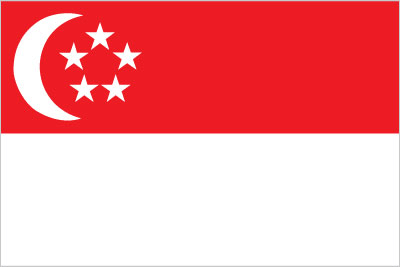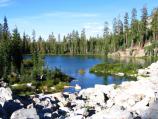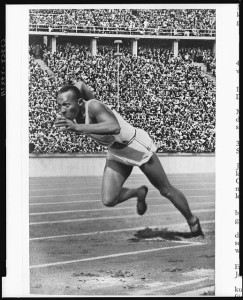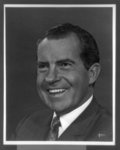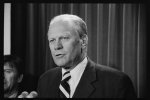Jose Aruego (born Manila, Philippines, 1932; died New York, New York, August 9, 2012) was a children’s author and illustrator. Idea: Children could read and enjoy some of his work, especially Mitchel is Moving. They could learn more at: Jose Aruego.
Patricia McKissack (born Nashville, Tennessee, 1944; died Saint Louis, Missouri, April 7, 2017) was a children’s author of great acclaim. She and her late husband Fredrick wrote and illustrated over 100 books together. A Long Hard Journey: The Story of the Pullman Porter earned the 1990 Coretta Scott King Medal and the 1990 Jane Addams Book Award. Sojourner Truth: Ain’t I a Woman? received a 1993 Coretta Scott King Honor Award. The Dark-Thirty: Southern Tales of the Supernatural was a 1993 Newbery Honor Book and the 1993 Coretta Scott King Medal winner. McKissack earned another Coretta Scott King Medal in 1995 for Christmas in the Big House, Christmas in the Quarters and still another Coretta Scott King Honor Award in 1997 for Rebels Against Slavery: American Slave Revolts. McKissack earned still more Coretta Scott King Honor Awards: one in 2000 for Black Hands, White Sails: The Story of African-American Whalers and one in 2004 for Days of Jubilee: The End of Slavery in the United States.
Seymour Simon (born New York, New York, 1931) is a children’s author. He has written about 250 nonfiction books about many different subjects. All of his books, including Big Cats and Neptune, reflect thoughtful research. Children could visit his amazing website at: Seymour Simon.
P. L. Travers (born Maryborough, Queensland, Australia, 1899; died London, England, April 23, 1996) was an author. She wrote the Mary Poppins series.
